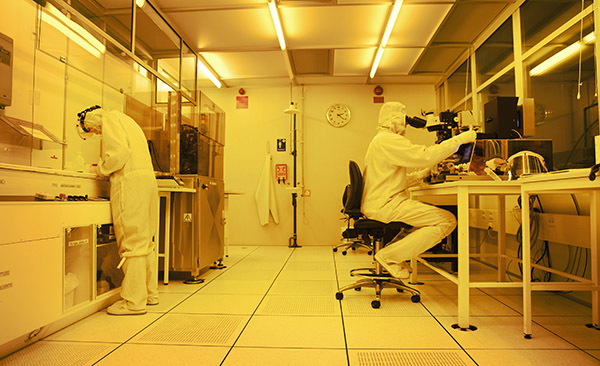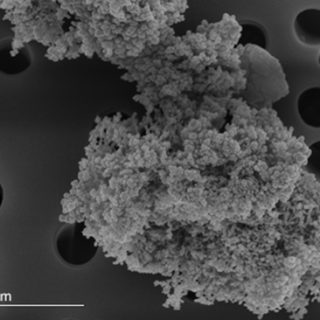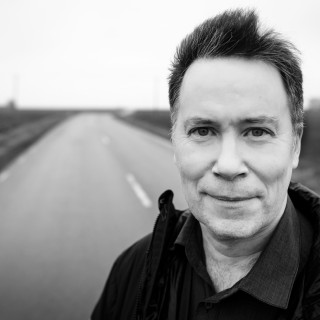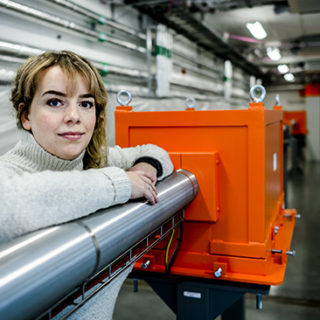More knowledge means more safety
Today, we have high hopes that nanotechnology – by creating the conditions for materials with new properties – will be able to contribute to solving future challenges within health, environment and economics. But the question is: don’t new materials also entail new risks?
Over the past two years at Lund University, a group of researchers with expertise in several fields has focused on nanosafety. The group observes that all new technology has both positive and negative effects on our environment and that safety considerations must therefore accompany all development of new technology. Being able to assess and control risks is a necessary condition if we are to fully exploit opportunities.
IF WE DO NOT DRAW ATTENTION TO POTENTIAL RISKS already in the product development stage, we run the risk of releasing particles into our environment which, for many reasons, could be harmful both to humans and to ecosystems. On the other hand, if we exaggerate the risks, new materials might not be accepted and we might miss out on products which could potentially give us healthier lives and better environments.
Since there is currently no overview of nanotechnology and nanosafety, Lund University intends to move forward and create the Scandinavian Nano Safety Centre.
“What is unique about this centre is that we take the industry’s needs as our starting point, so that our activities can develop dynamically according to those needs”, says project coordinator Lennart Gisselsson. “What issues does the industry have, what materials are they currently working with, or would like to develop in future? By answering these questions, we know what substances and processes need to be determined and tested, and for which ones we need to discuss regulations.”
Text: Pia Romare
Photo: Nils Bergendal
Facts
-
Scandinavian Nano Safety Centre
-
The whole centre is to become a self-sustaining system outside the University. The centre is to function as an umbrella organisation for clinical consultancy companies and other small companies in the region. All profits from the centre are to go to research into nanotechnology including nanosafety.
The centre is to be based on three pillars:
The work environment. The centre is to be able to offer work environment measuring as a service on a large scale.
Biophysical measurements of nanosubstances, such as studies of toxicity or forms of aggregation. The centre is to provide tools which reveal a substance’s special properties. It will be able to show whether the substance carries risks that are too high to allow its use, or how the industry should manage substances which carry both desirable properties and associated risks.
Waste management of nanomaterial. A collaboration is already in place with SYSAV. There is a need for new tools capable of measuring what particles are present in fumes and leachate and how to deal with these particles.
The scientific director of the Scandinavian Nano Safety Centre is Tommy Cedervall.
-
Cooperation group on nanosafety
-
Further work on nanosafety includes a group of researchers set up during 2015/2016 with support from the Pufendorf Institute and led by Christina Isaxon at Lund University’s Faculty of Engineering. The aim of the group is to make an inventory of existing research tracks within nanosafety, to reinforce/initiate cooperation between these tracks and build new collaborations with other relevant groups and individuals in society. Together, the group represents several aspects of nanosafety, such as development and applications, epidemiology, toxicology, measurement of emissions and exposure, lung deposition of airborne nanoparticles, work environment, safety culture, risk analysis methods, legislation and other forms of regulation and management systems for safety work.
-
Materials research at Lund University
-
Here are some of the Materials research areas that cooperate with industry:
Industriell Produktion (in Swedish)
ProMatEn
Solid Mechanics and 4D Imaging Lab
Building & Environmental Technology and lab, especially
– Water Resources Engineering with Water Portal and WIN
Solid State Physics, NanoLund with Lund Nano Lab, ProNano initiativet (in Swedish) and ProPlacement
Polymer & Materials Chemistry and nCHREM
Industrial design and Product Development
Atomic Physics with Lund Laser Centre
Nuclear Physics with Lund Ion Beam Analysis Facility





